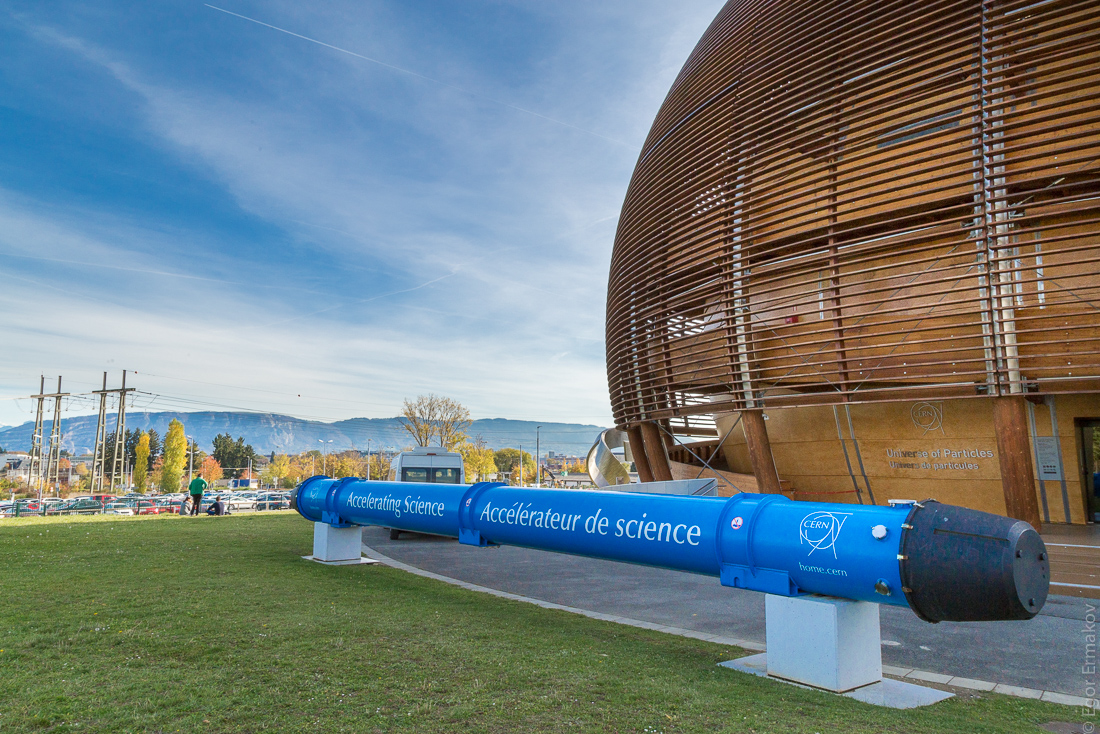Eurotrip: change of plans, Geneva instead of Zurich
Yesterday I was planning to spend next day walking around Zurich. But in the morning, while having breakfast I decided randomly visit CERN website and check if they have any tours available.
They did.
I had an idea to visit CERN quite a while ago, but they always seemed to be fully booked. First of all, you can visit CERN exhibitions without tour/booking, but if you want to get a glimpse at first particle accelerator built at CERN or how LHC (Large Hadron Collider) is run, then you need to book a tour visit. It is free, but served on first come first served basis.
After very short hesitation, and realizing that whole holiday was a little bit spontaneous, I decided that I can’t miss this opportunity and I took a 3 hour/180 miles detour to visit CERN and Geneva.
Firstly, couple of things about Switzerland: it is not part of the EU, but it has series of agreements with EU which makes it “feels” very like it is. Meaning that as an EU citizen you can visit it without VISA, but they have their own currency: Swiss Franc. Although, probably all places are accepting EUROs, your change will be in francs.
Secondly, every car which drives on Highway need to have a sticker, which is like form of tax, receipts from its sales are going towards maintenance of highways. The only caveat that it is sold on annual basis without any pro-rata. Current sticker run till the end of Jan 2018, and you pay full price for it, even if you only travel for 1 day.
And thirdly, before we dive into photos of CERN/ATLAS control room, quick pub quiz: what do you think Switzerland is exporting most? Chocolate? Watches? Banking services? All wrong. Biggest export are chemicals. I was surprised too, here and there you see a lot of factories, which I guess are related to chemical industry:
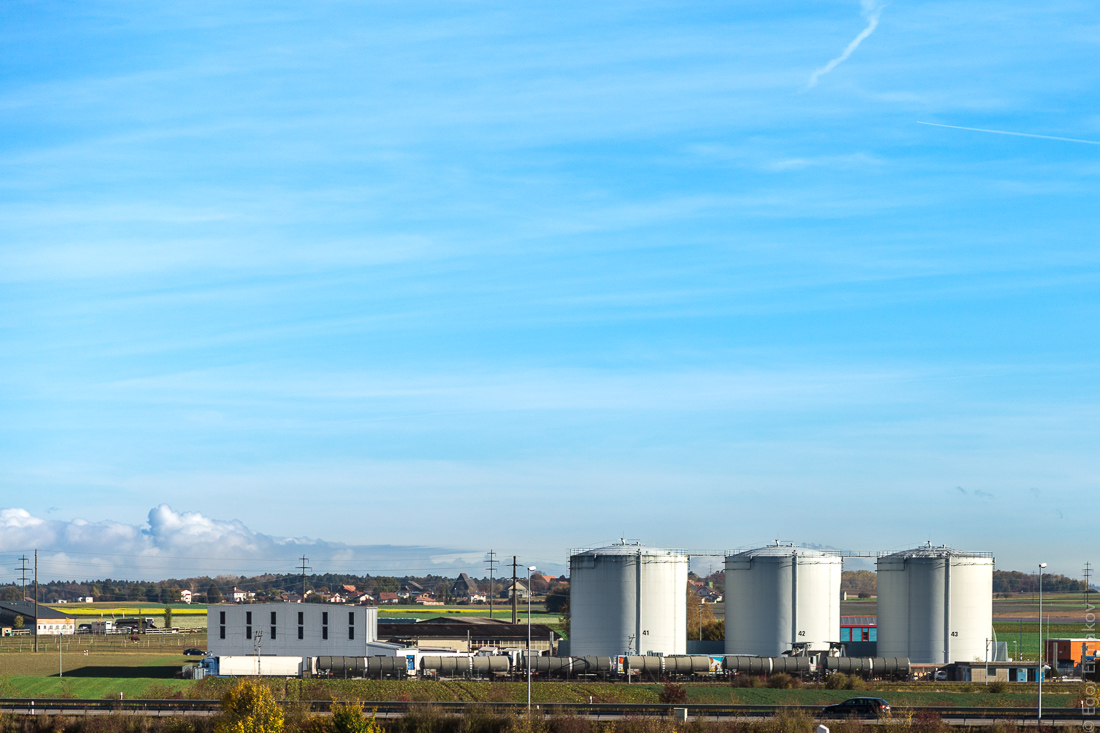
Alright, now to the science stuff! Quick intro: CERN is an European organization which was founded on idea of doing science research in Europe. Large Hadron Collider, or LHC for short, is world largest and most powerful collider/accelerator. It is most famous for having 27 kilometers in circumference tunnel, which lies 100 meters underground (average) where bunches of proton are traveling and colliding. If you want to learn more, click on the links to wiki.
CERN is quite big, it has a lot of buildings and labs around LHC. I was at main facility at Meyrin, near Geneva. It has big Globe “Universe of particles” exhibition, where among other things lies first ever built particle accelerator size of desert plate.
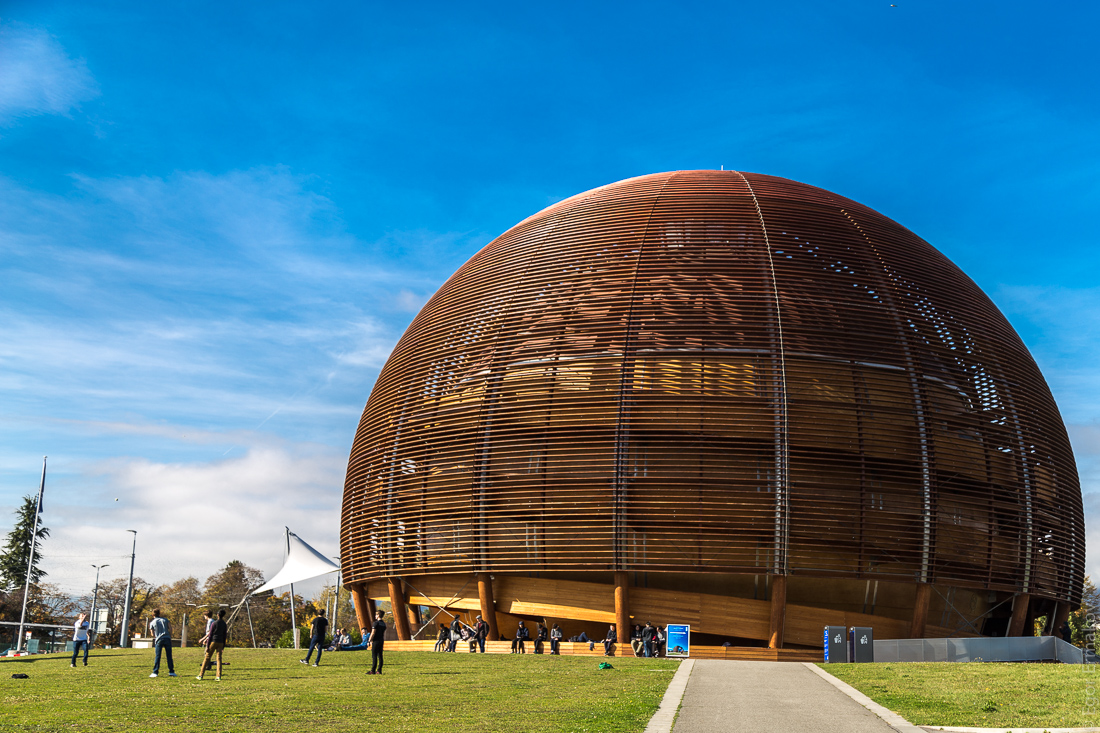
And very nice statue with different formulas engraved nearby:
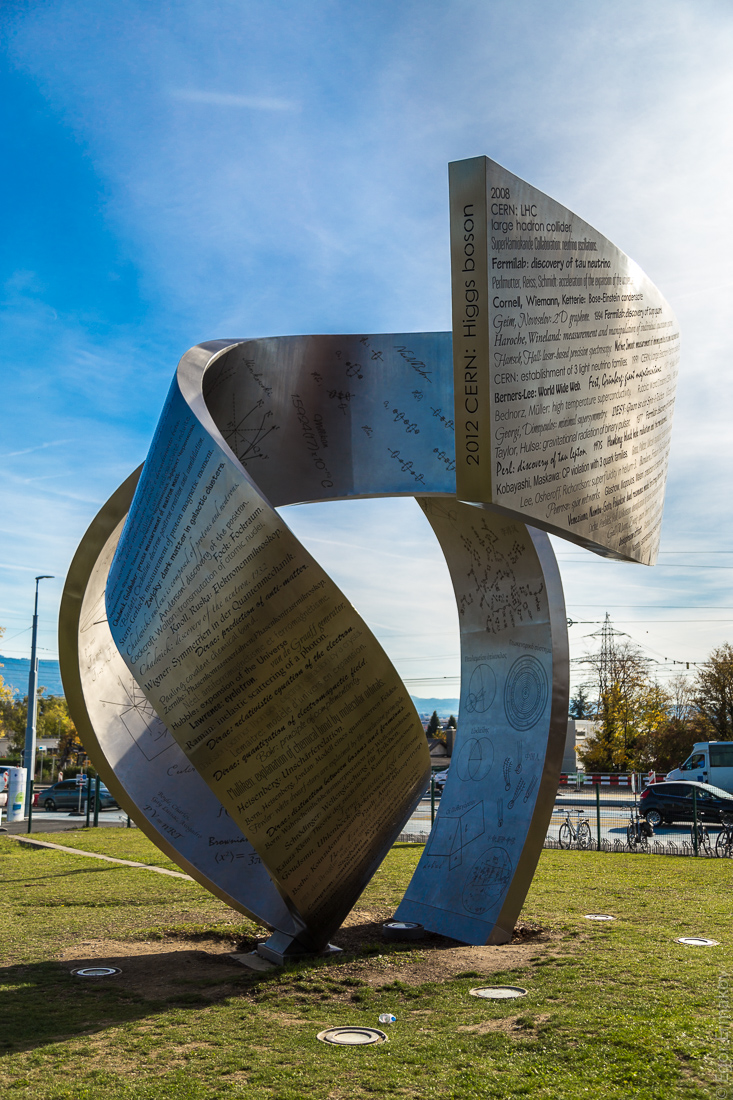
To get into CERN itself, you need to either be working there, or be on a tour. The place is huge, it has its own streets inside, for example here is street named after somewhat known physicist Albert Einstein
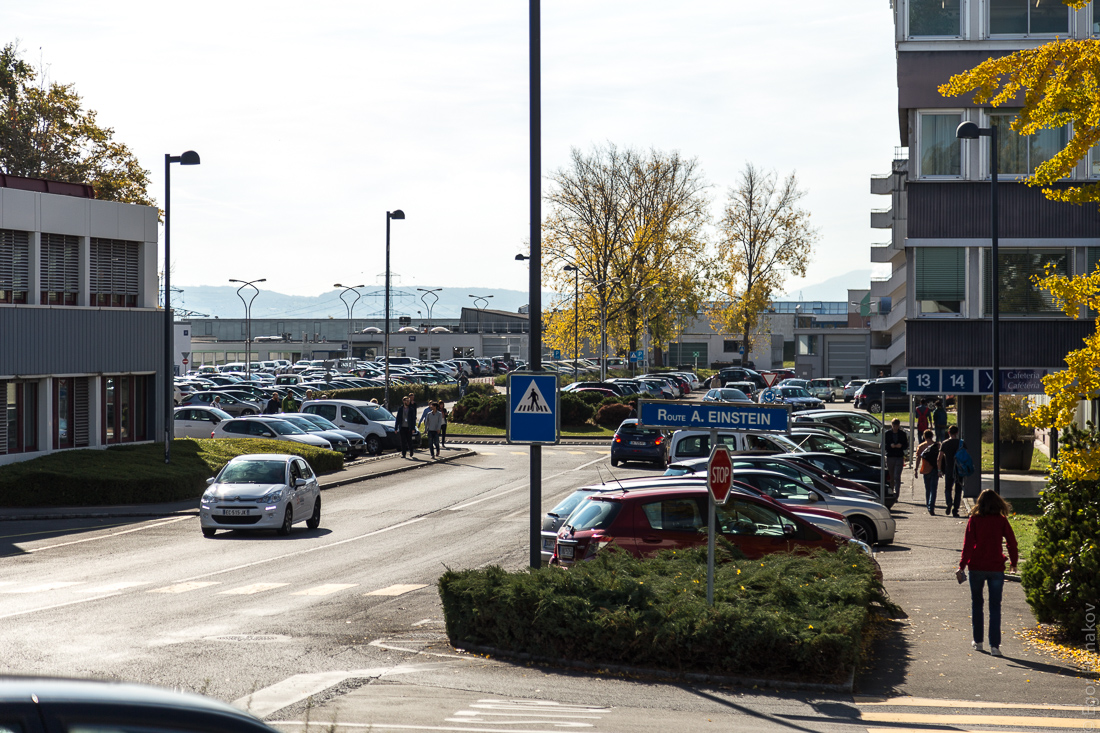
First stop of the tour was first particle accelerator, Synchrocyclotron, built by CERN:

Here where things are getting interesting. CERN was founded after WW2 with the idea of bringing back best scientific minds who flew Nazi Germany and War. This was achieved by founding organization which is run by committee of countries-members and two principles (there are more, but these are interesting to highlight):
- There should be no military/weapon research done by CERN
- All data and discoveries which happen at CERN are public and available for everyone to use
Seems like the idea worked out pretty well. A lot of scientist and engineers from all over the world collaborating at CERN.
Back to the picture above. The big red rectangular thing around is part of the magnet, silver circle thing just under it (not the “door” with bolts, but above) is where wiring of electric magnet is.
In the middle, there is a vacuum chamber, where particles are accelerated. Two things to the right/left with pipes going up and down are vacuum pumps. The round hatch in the middle is the way how you can get access to the vacuum cavity:

This is only accelerator, meaning that it takes some charged stable particles (for example protons), and accelerates them. You need to do that so they gain a lot of kinetic energy, and then later when they collide with something, energy is released and new particles are formed. It is really important to grasp: it is not like proton “breaks” into different particles, new particles are born out of energy.
To collide particles, you need to get them out of the accelerator, this what was this exit gate on the left is for:

Here you are looking directly at where particles would exit to hit something

Thats why this big thing is an accelerator, not a collider. It does not collide particles, but just accelerates them to be used somewhere else. By the way, Synchrocyclotron is built inside a concrete structure with 5 meter thick walls. In case of magnets failure escaped beam of accelerated particles would be caught by the walls. Here, the hall with the pictures shows thickness of walls:
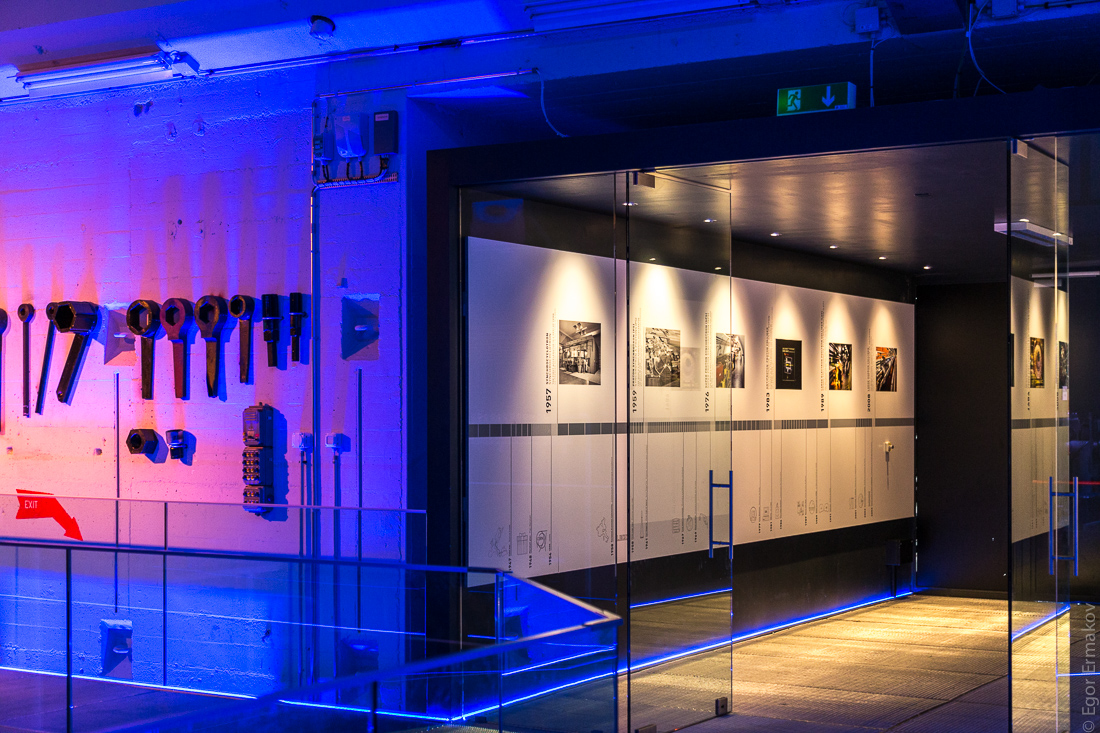
Next, we moved to LHC. As I said, LHC itself is underground and visitors are not allowed there. But where you can get is ATLAS detector. LHC is called collider because it not only accelerates particles, but actually make them collide with each other. Why do this? I am glad you asked! :)
When you want to study how new particles appear out of energy you need to release a lot of energy in really tiny space really quickly, that’s why Synchrocyclotron was built in first place. Lets say you speed up a particle and it has energy of 1 T eV, when you shoot this particle at something heavy and standing still, some of this energy is released. If you want to have more energy released in your experiment, you have two options:
- Accelerate particle further. Doable, but up to a point with current engineering.
- You accelerate one bunch of particles in one direction, clockwise, and second bunch in opposite direction, anti-clockwise. This way you having same technology of achieving 1 TeV you can do experiment with double energy release, since both particle during head on collision would release 1 + 1 = 2 TeV.
It also mean that you can’t just “shoot” out particle from your device anymore, they have to be collided inside, you need a device to guide beams toward each other. Which also mean that you have to build all your detectors around the collision points.
ATLAS is one of that detectors. The control room is housed in this building, which has nice picture of the detector.
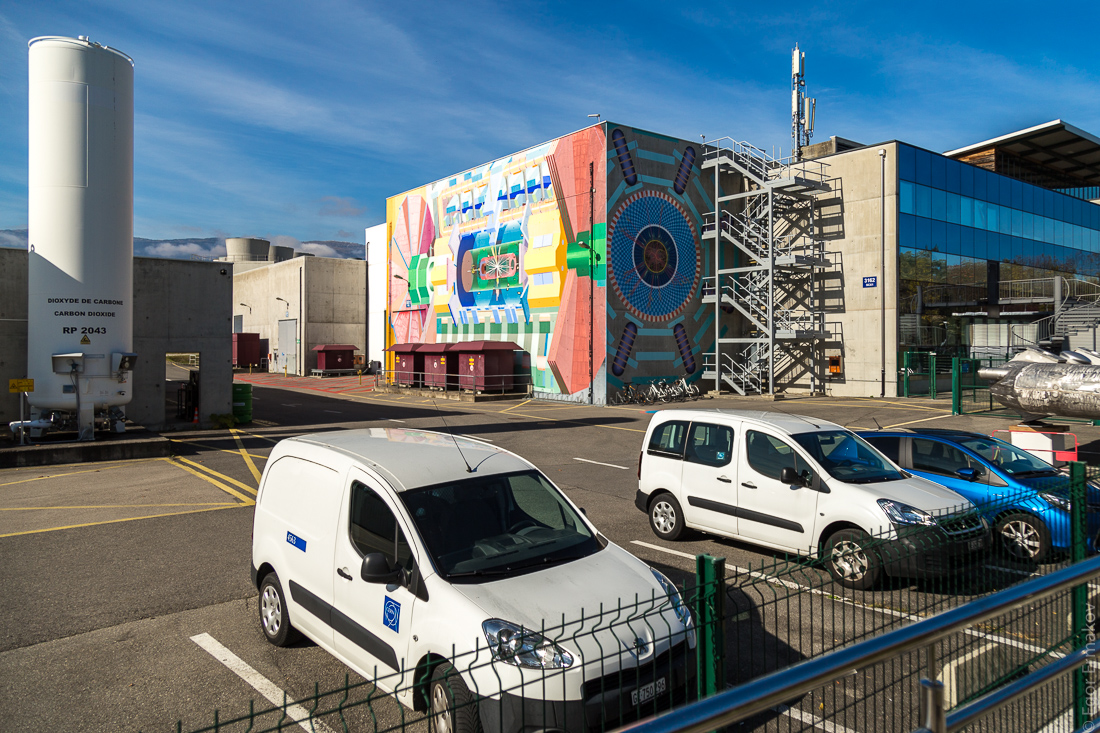
Funny fact: these are 3 gases ATLAS is running on (half-joke of course):

Here is cross section drawing of ATLAS, remember this picture. Particles collide just in the middle:

Lets enter the control room. Quick note: we were always separated by a tight glass from the room (apologies for reflections on some pictures), shifters are used to visitors:

Before next pictures, let me quickly talk about how ATLAS is working: it is like a pie with different layers of sensors. Closest to the impact are most highly precision and dense sensors, called pixel sensors. They are called that because they work somewhat like camera pixel, when particle travels through sensor, it can tell both vertical and horizontal position of it on the plane of sensor:
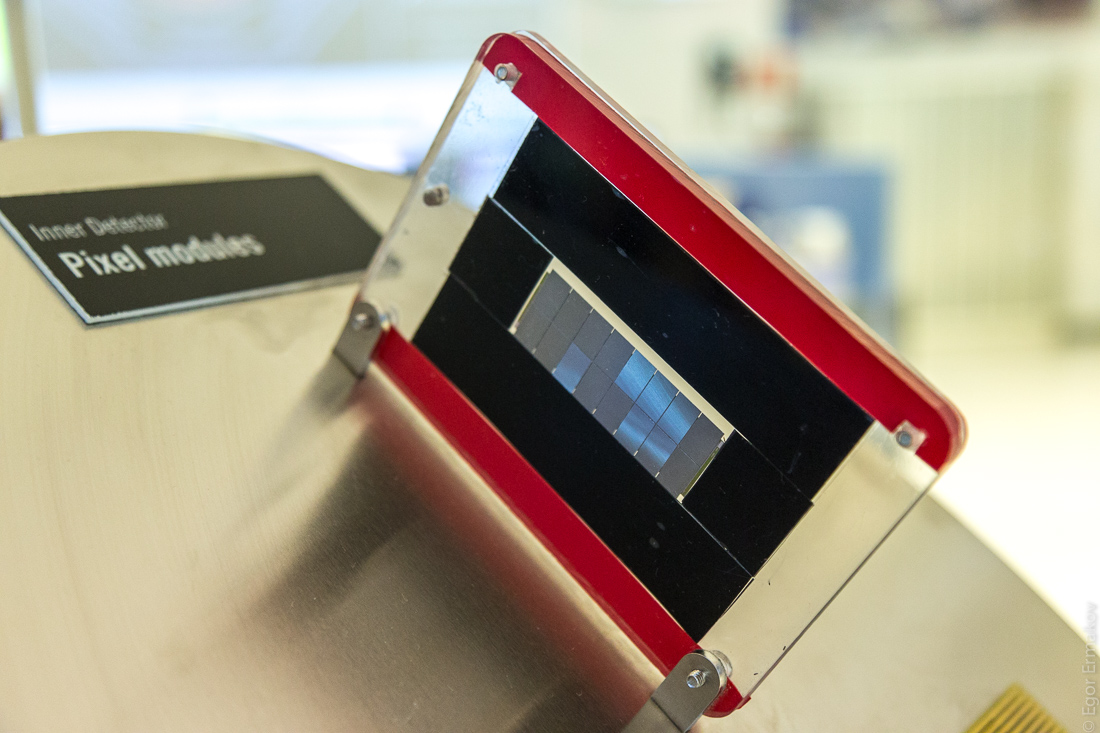
They produce the most amount of data. All sensors are providing readings 40 000 times a second. Next layer are different sensors, they represent long thin wires which records a signal when particle hit any portion of the wire. They are installed in layers by alternating vertical

And horizontal ones

You add some software on top of these readings and you can reconstruct the path of the particle.
Last (that I will cover) layer is less precision (but still accurate) one, consists of gas tubes:
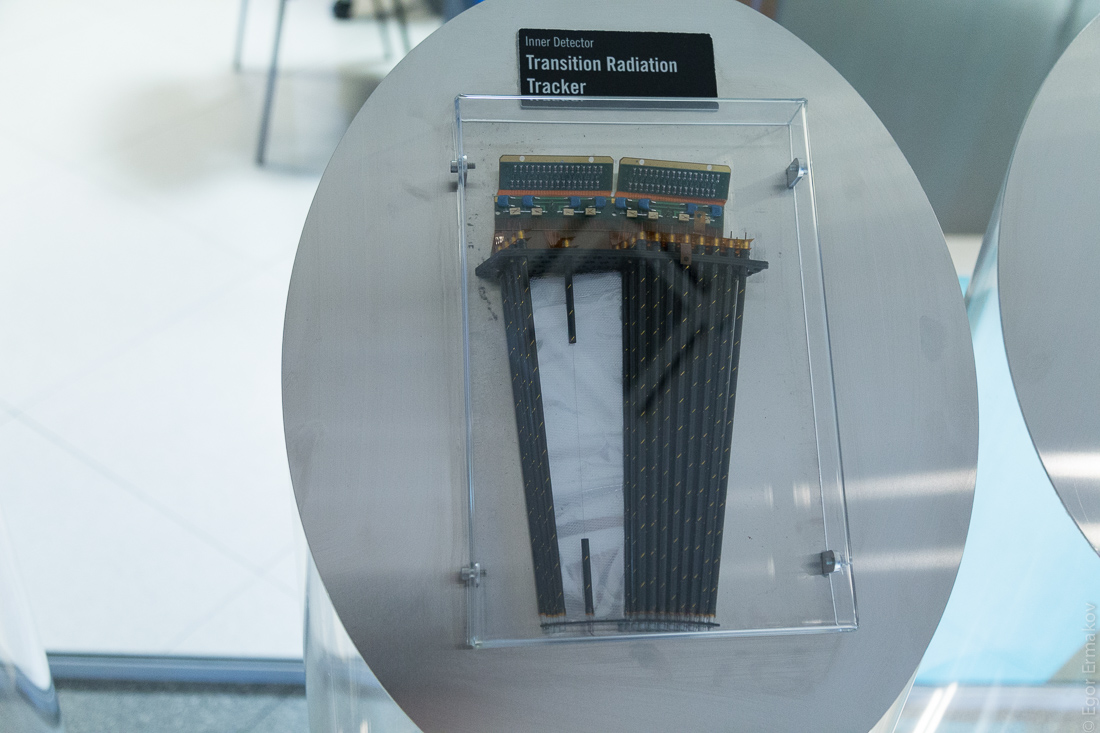
Now, lets move to the most interesting part. The views of the control room and screens where scientists are trying to push frontiers of mankind knowledge:

This screen is interesting, it is showing what is going on in LHC right now:
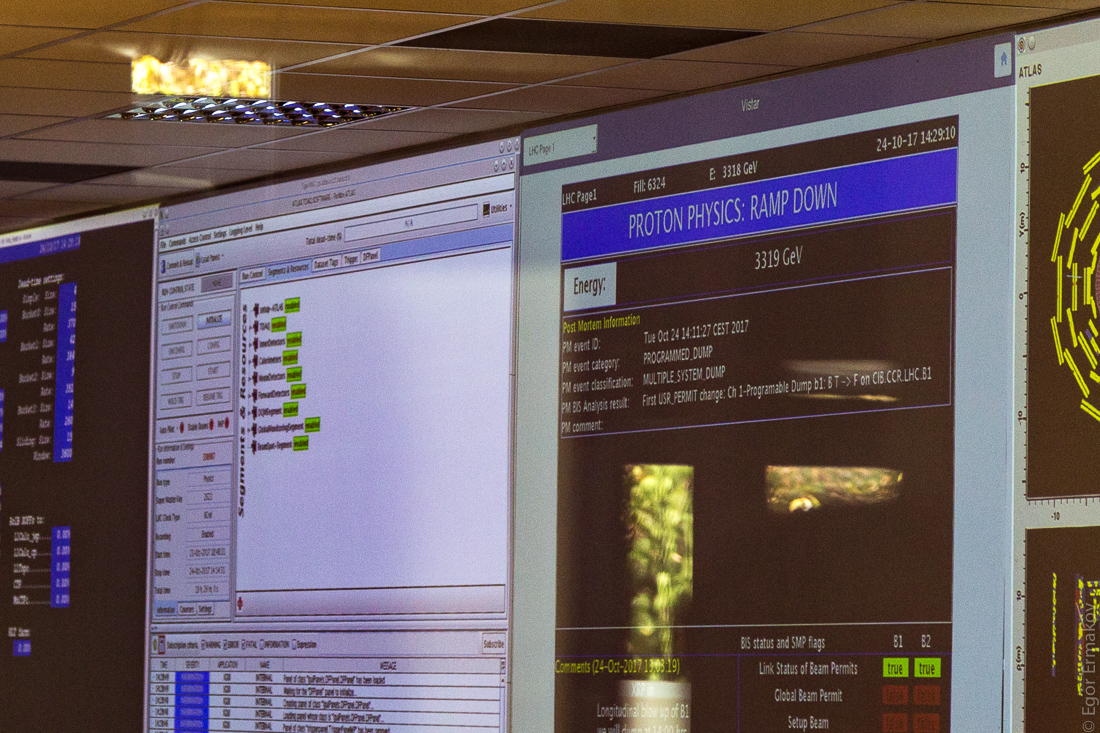
When we entered, they were getting rid of current proton beam. That what “Proton Physics: RAMP DOWN” line means. LHC circulate quite a big (billions of particles in each) clouds of protons, but every time they intersect them, only ~40 (forty! out of billions) protons actually collide. As collisions keep happening, beams are depleting. Less and less collisions occur so less data can be gathered. Thats why, after some time it is better to get rid of the current beam and inject fresh one. As you can see, current energy of beam in LHC is 3319 GeV.
Here is a picture of how one record of collision data is presented:
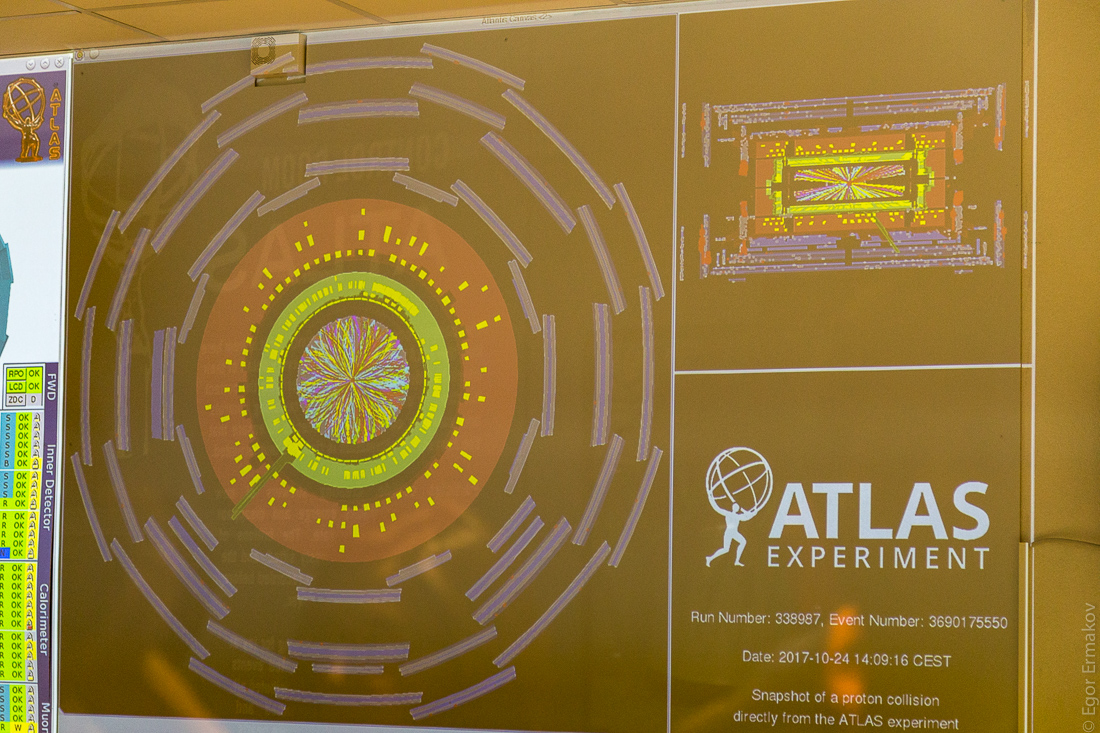
There are different layers of sensors which I just talked about. It reconstructs the path of the particles and different particle travels different distances, which makes it possible to distinguish one from another. The lines on the left lower quarter represent Muon
Now, I need to tell you the biggest conspiracy: LHC is actually run by ducks. They secretly control humanity, here you can see the duck overseeing the experiment:

Another screen with different views of detector layers:

Status screen of different components
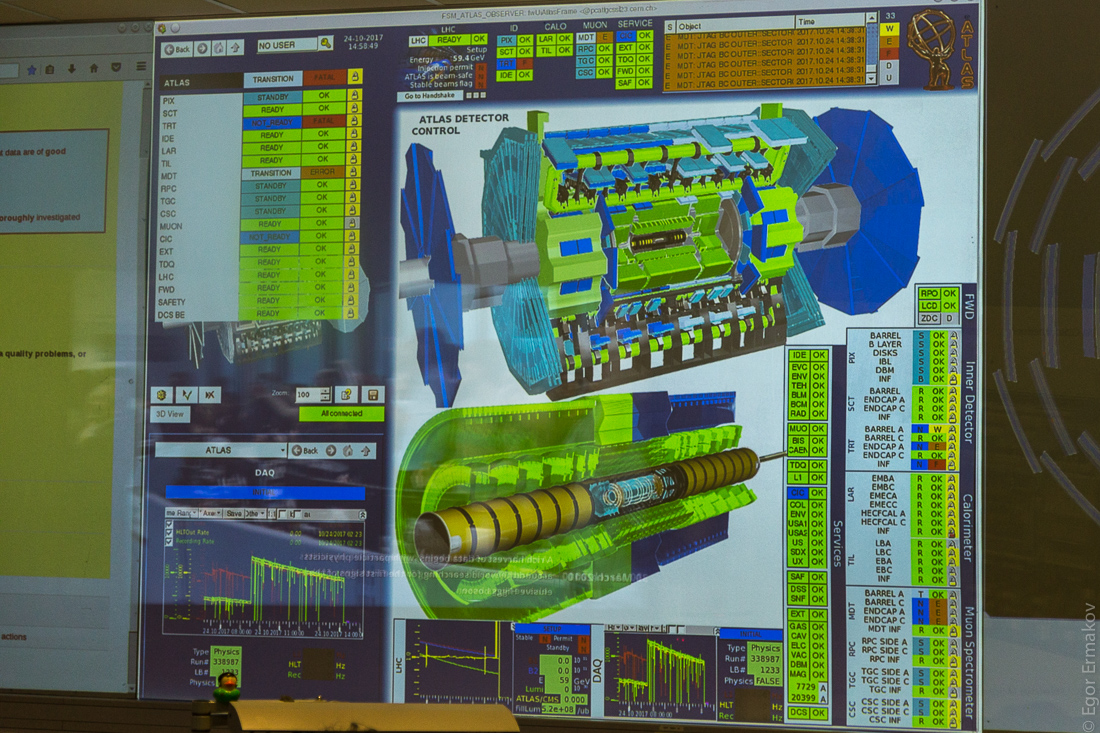
Worth mentioning, the tours are done by scientists who actually work at CERN. This means that they are very passionate about what they do and more than happy to answer any questions. Here is our guide is explaining to us how LHC discovered Higgs boson:
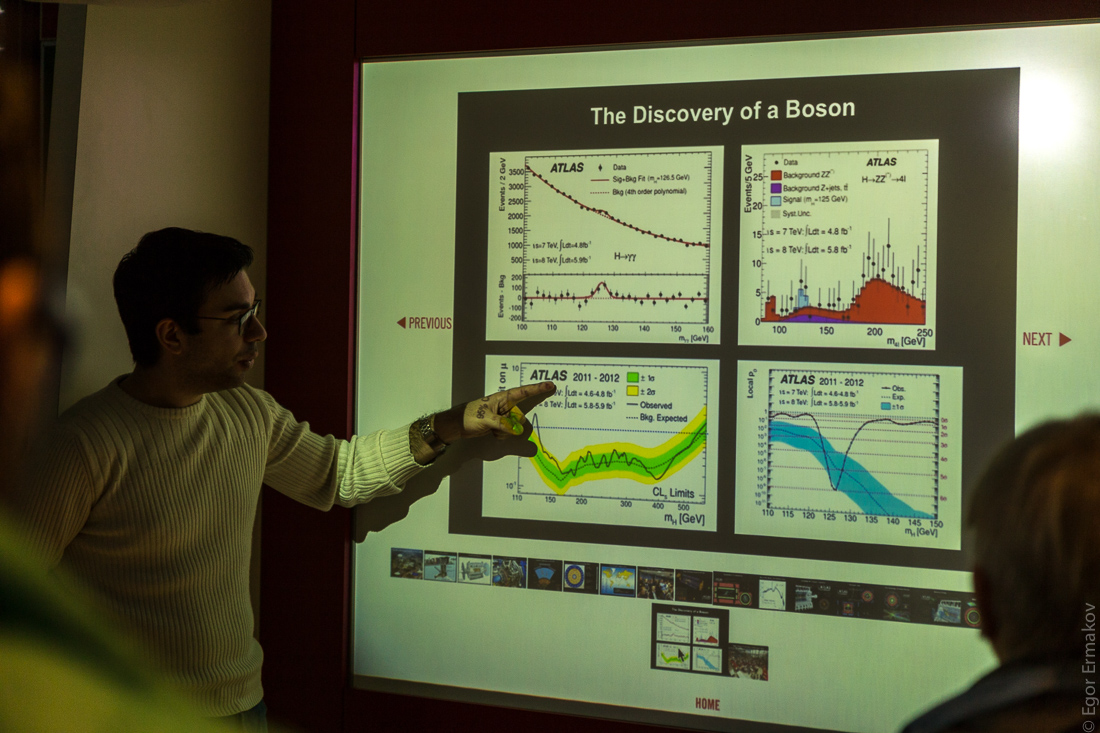
People who are overseeing control room are called Shifters. Their responsibility is to ensure that all systems are collecting data correctly. They have a plan for the day in the middle of the wall. I really like first point, to me it sounds like “Goal: Do science”
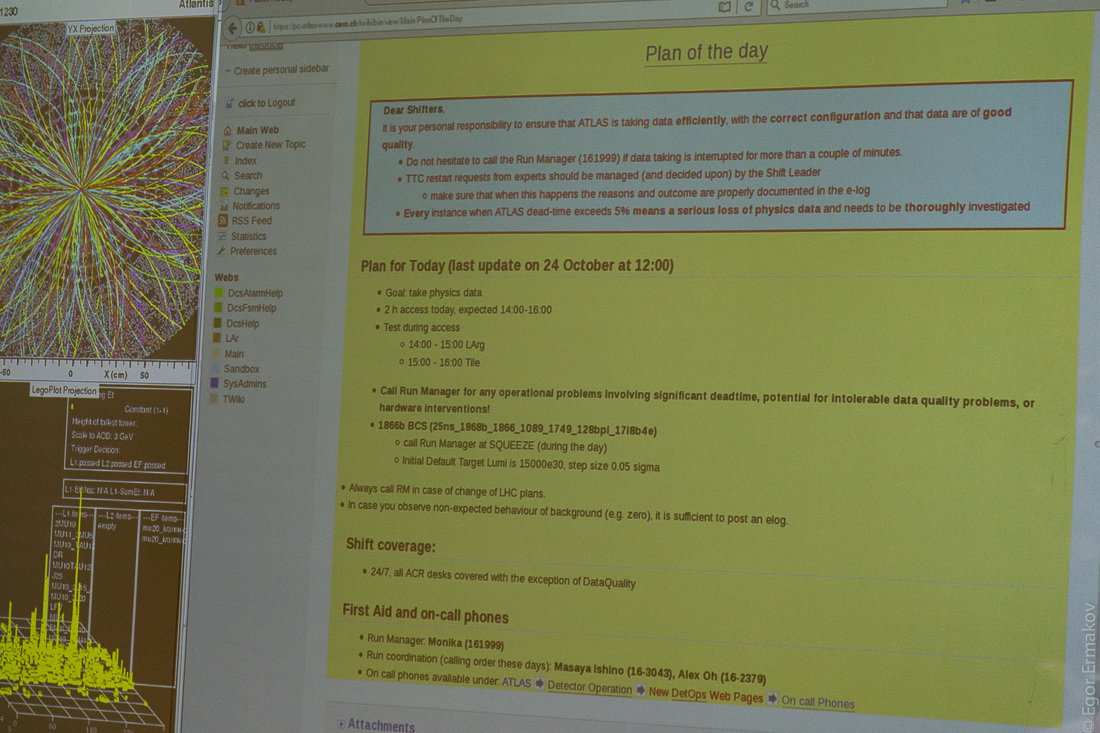
Science intensifies
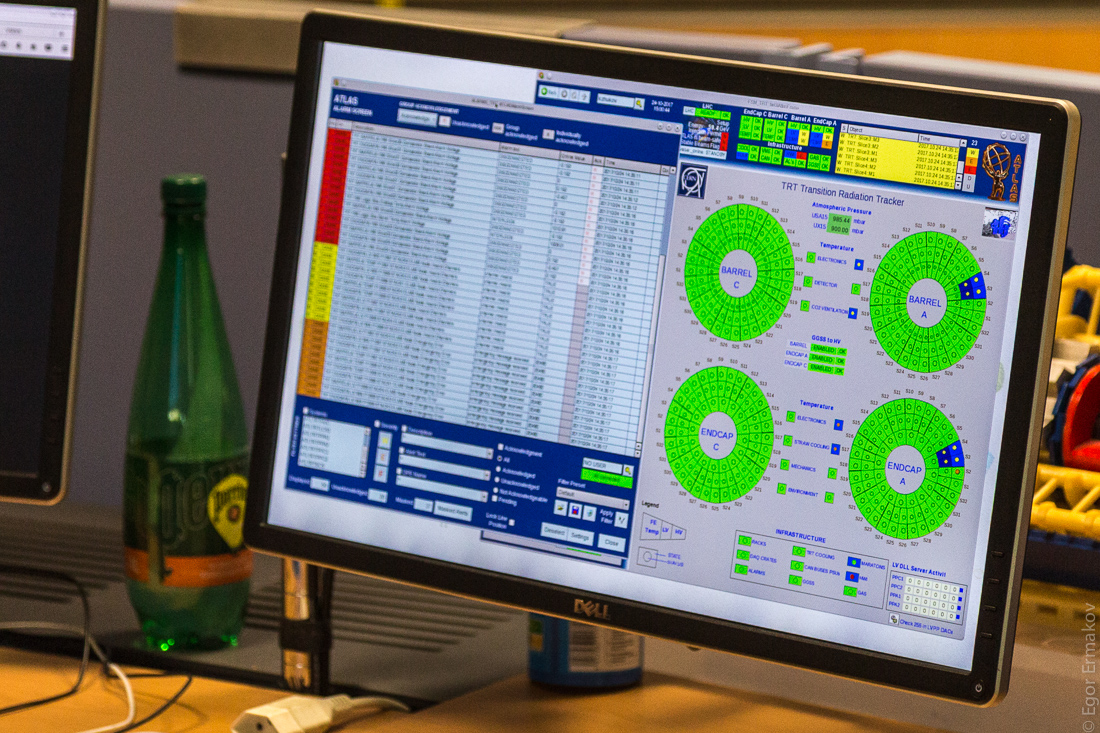
When we were leaving, they were setting up for new collisions, unfortunately, we did not see that:
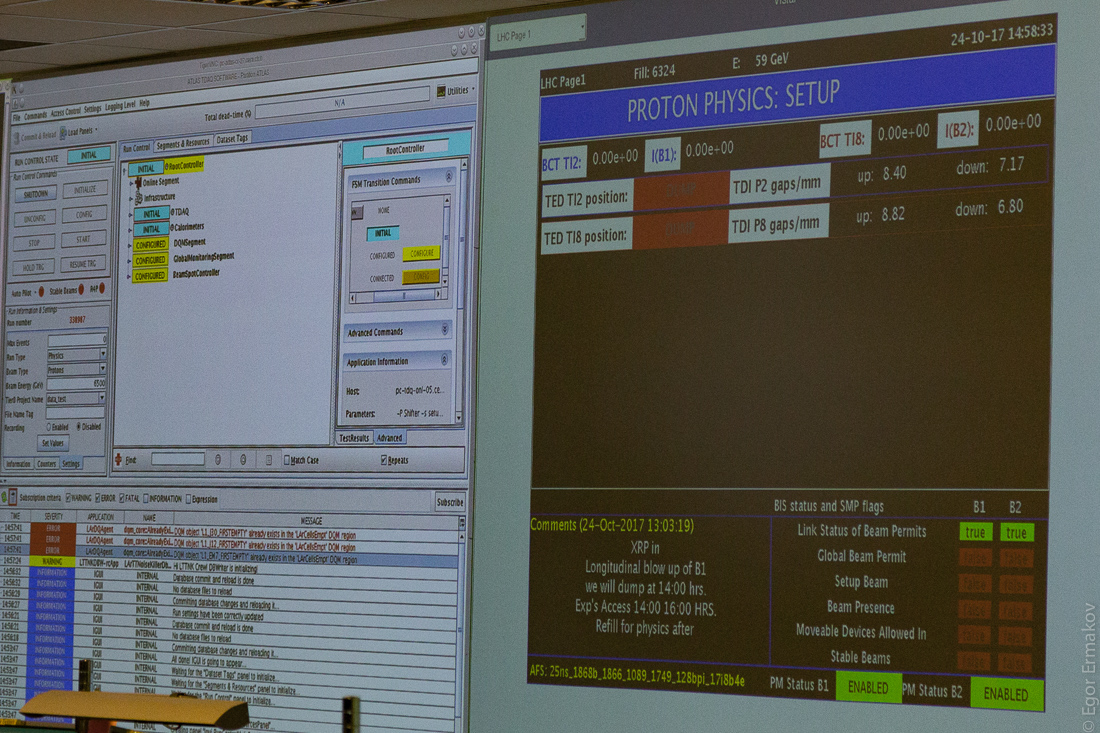
The tour is free by the way. I absolutely recommend it to anybody, visit Switzerland, visit CERN.
After the tour, I decided to check out Geneva. Buildings usually are quite high:
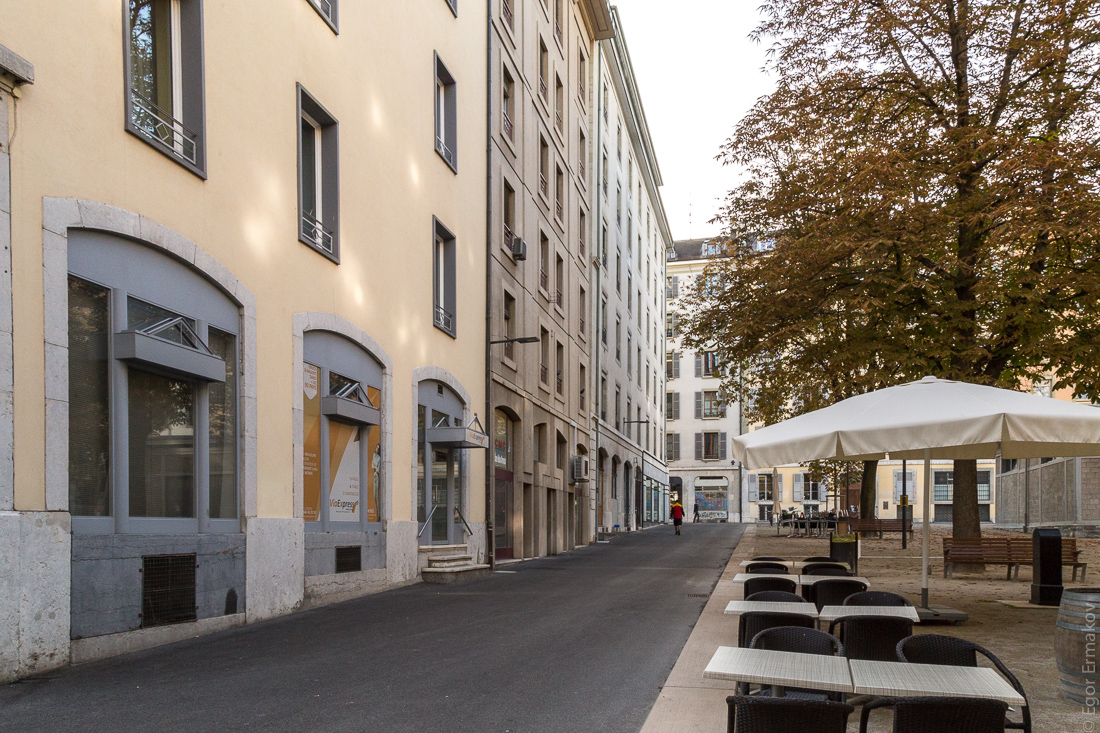
They have some monuments which make you question yourself: why it is installed here?
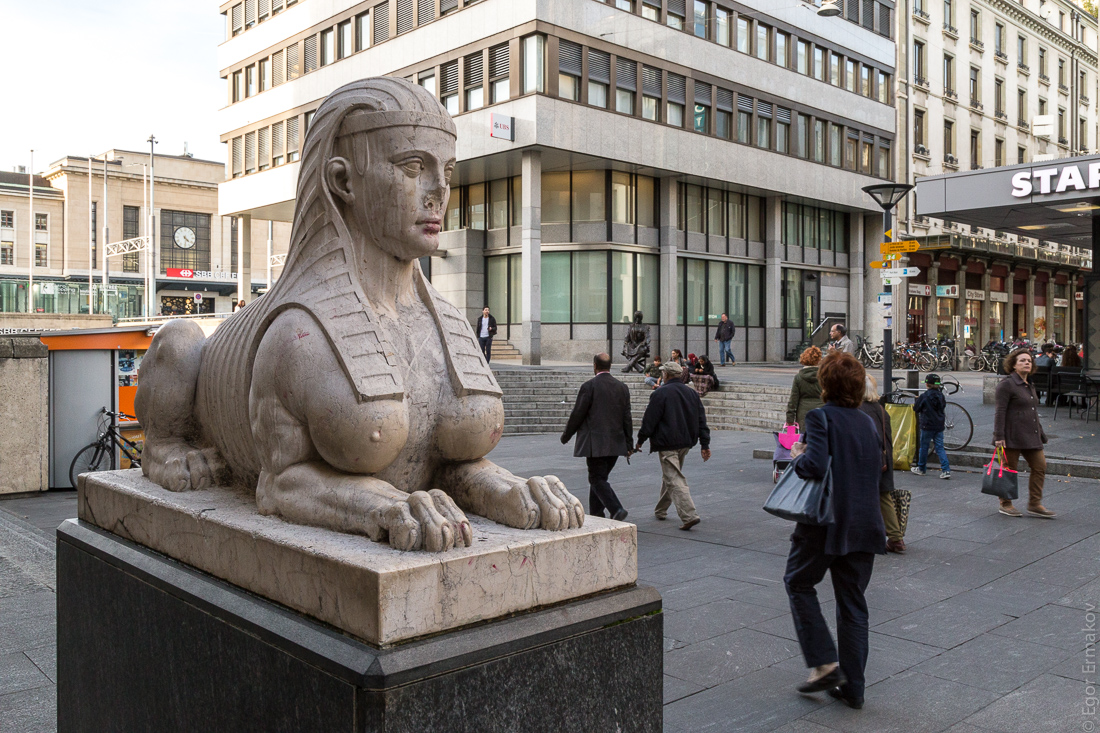
Sometimes you see two buildings of very different styles are next to each other, while still looking nice
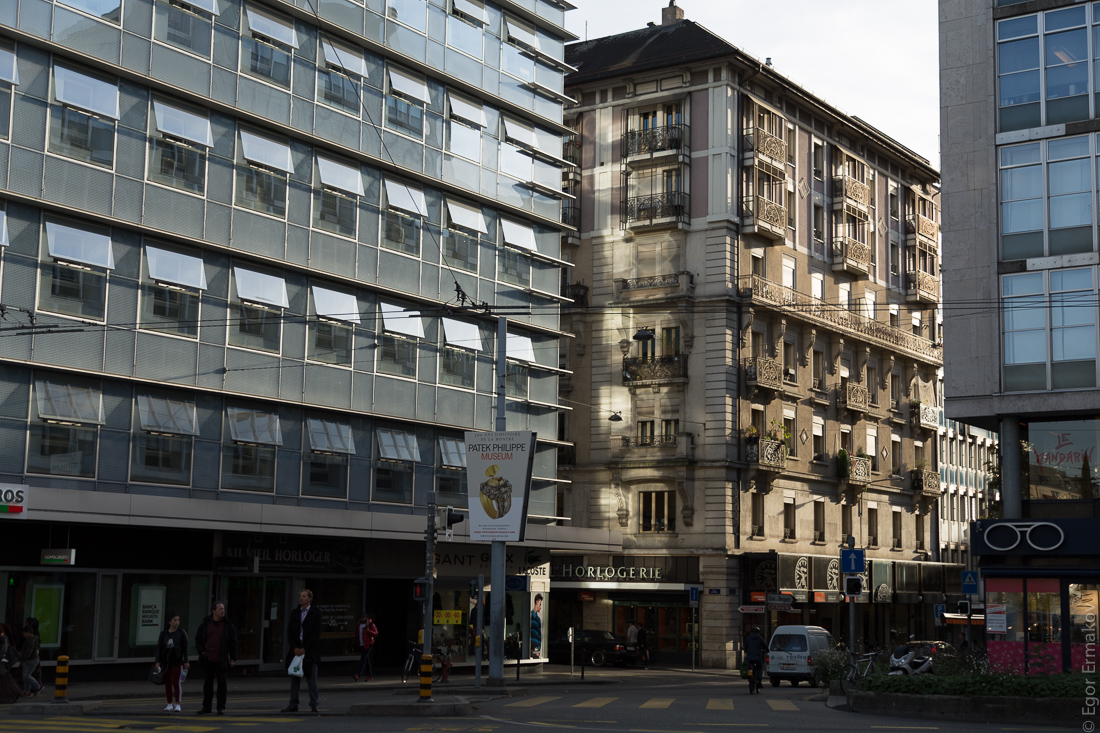
There is really tall fountain in the river:
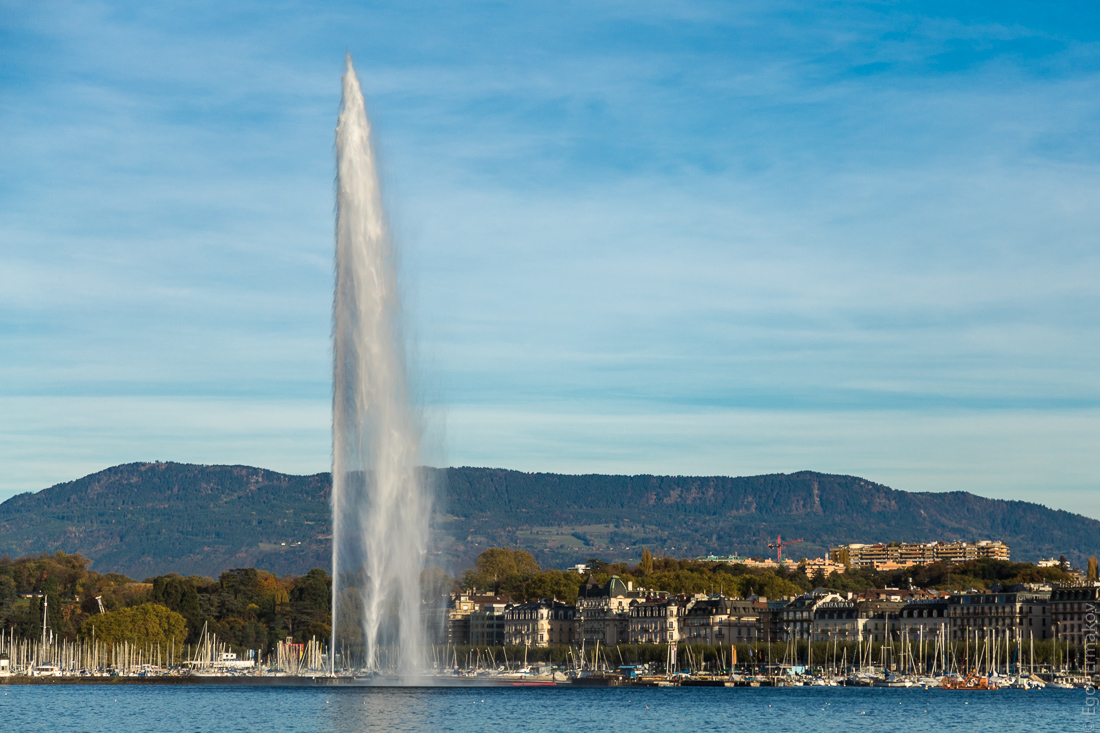
Another interesting thing to pay attention when visiting Europe. When you see bunch of flags together, there should be a good reason why some flags are there and some not:
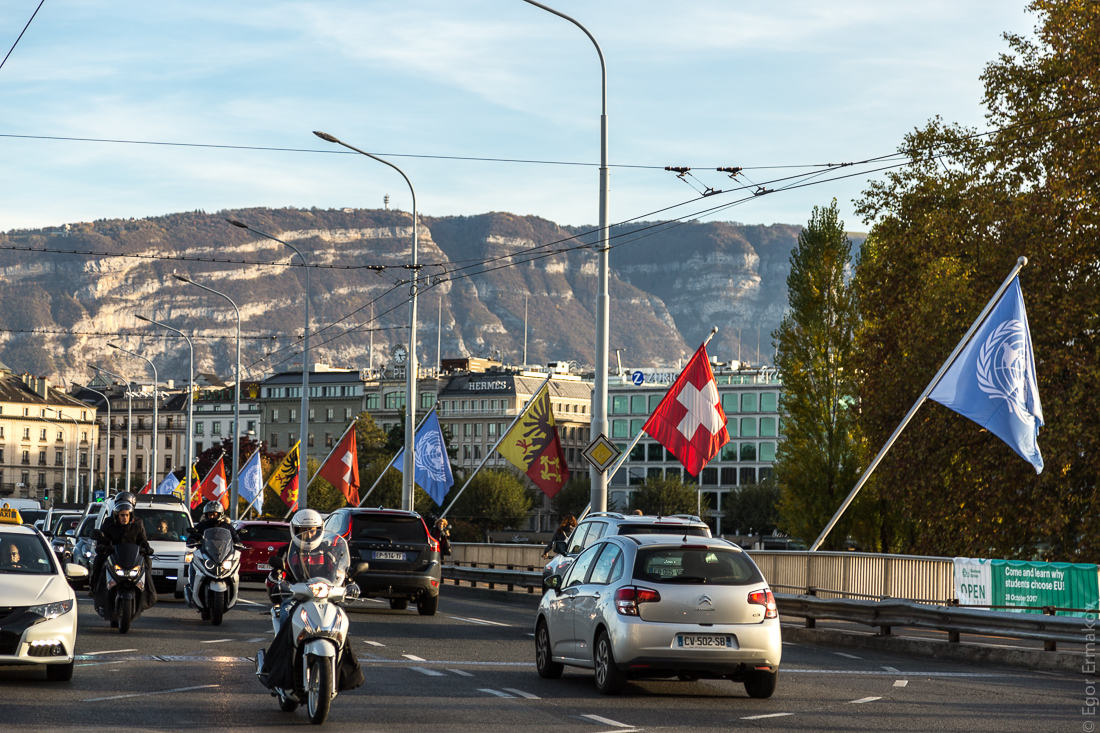
Public transport is great and city is adapted for it. Here is a street in center where only trams, trolleybus and bicycles can go:
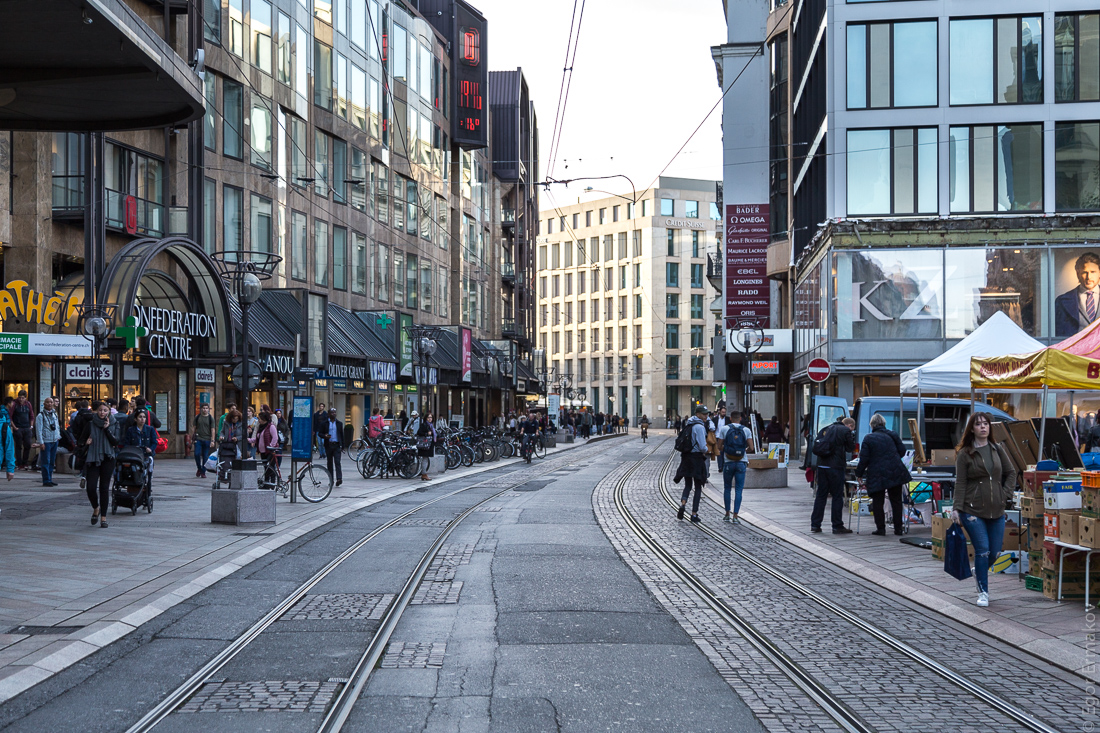
Some interesting art:

Interesting device to make any wheelchair mobile:

I want to finish this post with following picture, somewhat paraphrasing Rick from Rick and Morty: “Break the cycle, accelerate science”
